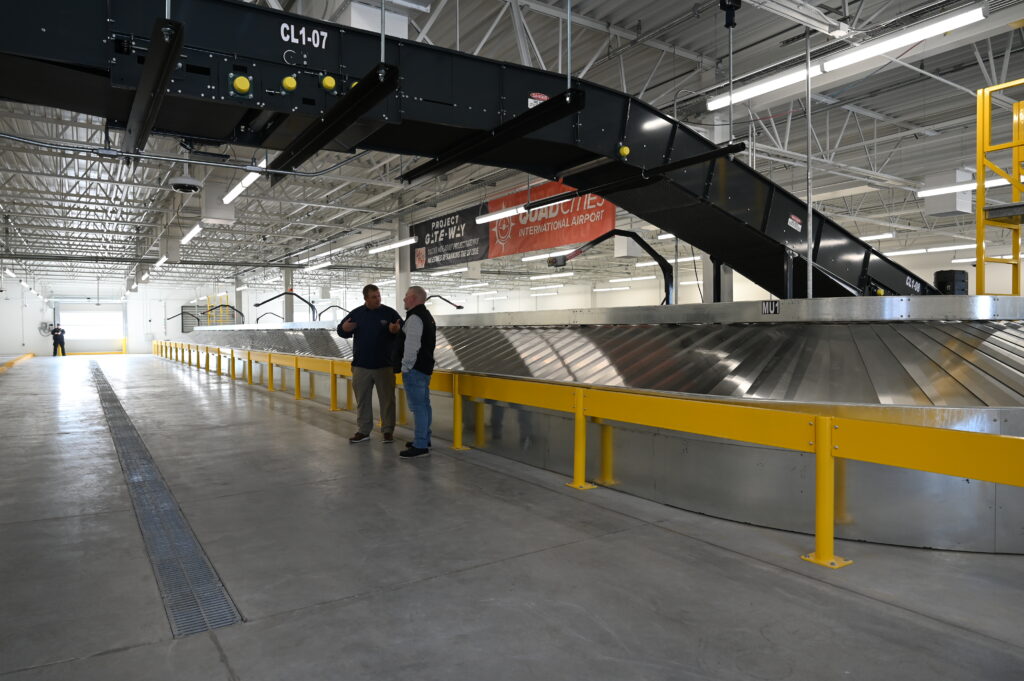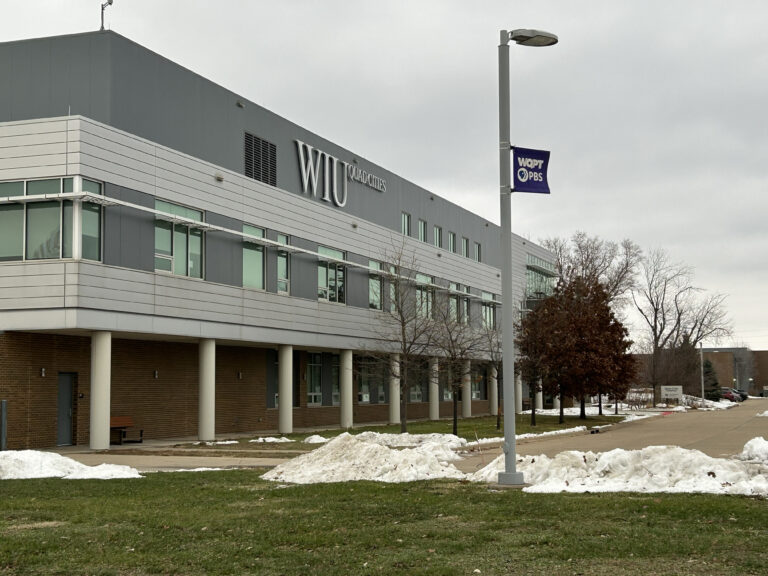
The Quad Cities International Airport held a ribbon cutting, Monday, March 31, for the new 14,600-square-foot secure baggage handling area – featuring a state-of-the-art conveyor belt system. CREDIT TODD WELVAERT
The Quad Cities International Airport is celebrating completion of the new baggage makeup building and modernized ticket counters featured in the first $18 million phase of QCIA’s transformative Project Gateway renovation.
The Monday, March 31, ribbon-cutting in the gleaming white 14,600-square-foot secure baggage handling area – featuring a state-of-the-art conveyor belt system – also comes a year after Phase…

Want to Read More?
Get immediate, unlimited access to all subscriber content and much more.
Learn more in our subscriber FAQ.
Do you want to read and share this article without a paywall?







